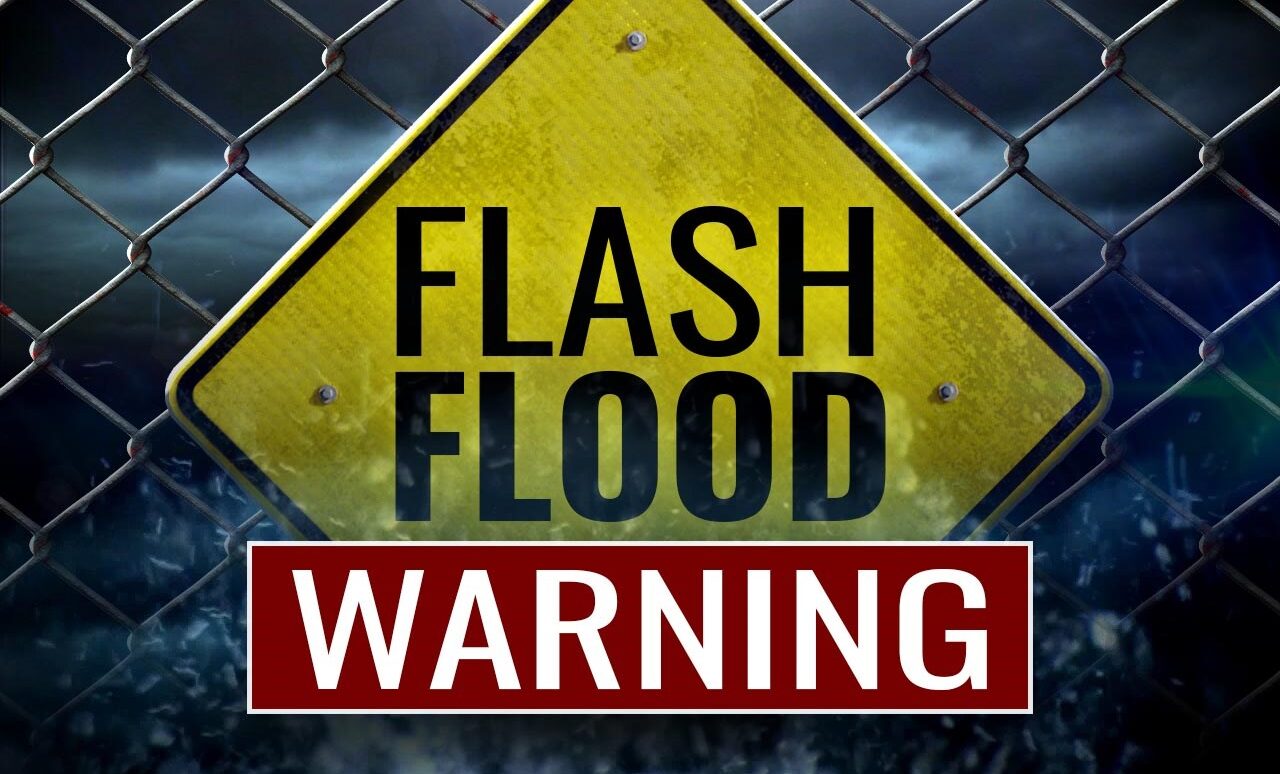Flash floods are one of nature’s most dangerous and unpredictable phenomena, causing widespread damage and posing serious threats to life. Understanding what a flash flood warning means and what happens during a flash flood is crucial for ensuring safety and preparedness. In this article, we’ll explore the meaning of flash floods, their causes, and the significance of flash flood warnings.
What is a Flash Flood?
A flash flood is a rapid and intense flooding event that occurs within a short time frame, typically less than six hours, following heavy rainfall, dam break, or sudden release of water. These floods are characterized by a swift rise in water levels and can occur with little to no warning, making them extremely hazardous.
What Happens During a Flash Flood?
During a flash flood, water levels rise rapidly and powerfully, often overwhelming drainage systems and natural waterways. This sudden surge can sweep away vehicles, uproot trees, and inundate homes and businesses. The speed and force of the water make flash floods particularly deadly, as they leave little time for evacuation and can occur with minimal advance notice.
What is a Flash Flood Warning?
A flash flood warning is an urgent alert issued by weather authorities indicating that flash flooding is imminent or already occurring in a specific area. When a flash flood warning is announced, it means that residents should take immediate action to protect themselves and their property. The warning is usually issued when there is evidence from radar, rain gauges, or local reports that a flash flood is happening or will happen soon.
What Does a Flash Flood Warning Mean for You?
When you receive a flash flood warning, it is critical to act quickly. Here are some steps to take:
- Move to Higher Ground: If you are in a low-lying area or near a waterway, evacuate immediately to a higher elevation.
- Avoid Driving: Do not attempt to drive through flooded roads. Just six inches of fast-moving water can knock over an adult, and two feet can carry away most vehicles.
- Stay Informed: Keep updated with local weather alerts and instructions from authorities.
Causes of Flash Floods
Flash floods can be triggered by several factors, including:
- Heavy Rainfall: Intense rainstorms can produce a large volume of water in a short period, overwhelming drainage systems and leading to flash floods.
- Dam or Levee Breaks: Structural failures can release a massive amount of water suddenly.
- Snowmelt: Rapid melting of snow can contribute to flash flooding, especially when combined with heavy rainfall.
- Urbanization: Urban areas with poor drainage systems are particularly susceptible to flash floods due to the high percentage of impermeable surfaces like concrete and asphalt.
Conclusion
Flash floods are a powerful and unpredictable force of nature, and understanding what a flash flood warning means is essential for safety. When a warning is issued, immediate action can save lives and minimize property damage. Recognizing the causes and effects of flash floods helps in better preparation and response.
For more detailed information about flash flood preparedness, visit the National Weather Service website.
By staying informed and prepared, you can significantly reduce the risks associated with flash floods. Always heed warnings and take prompt action to ensure the safety of yourself and your loved ones.
Also Read This – Tornado Watch vs. Tornado Warning: Understanding the Difference
Hope you enjoyed this useful and helpful content. For more information like this stay connect with us on latestbite.com . Thanks for your precious time.

